When it comes to sowing seeds, the general rule of thumb is to sow seeds at a depth that’s twice their diameter.
And while that holds true for most vegetable seeds, it doesn’t apply to all vegetable seeds and it’s even less certain for herb and flower seeds.
You see, some seeds actually need light to germinate. They won’t break dormancy if they’re buried in the ground.
This might sound counterintuitive when you’re used to just poking holes in the soil and dropping your seeds in, or covering seeds with a layer of soil after sowing them. But it may surprise you that many common plants require light to germinate or, at the very least, germinate more successfully if the seeds are exposed to light.
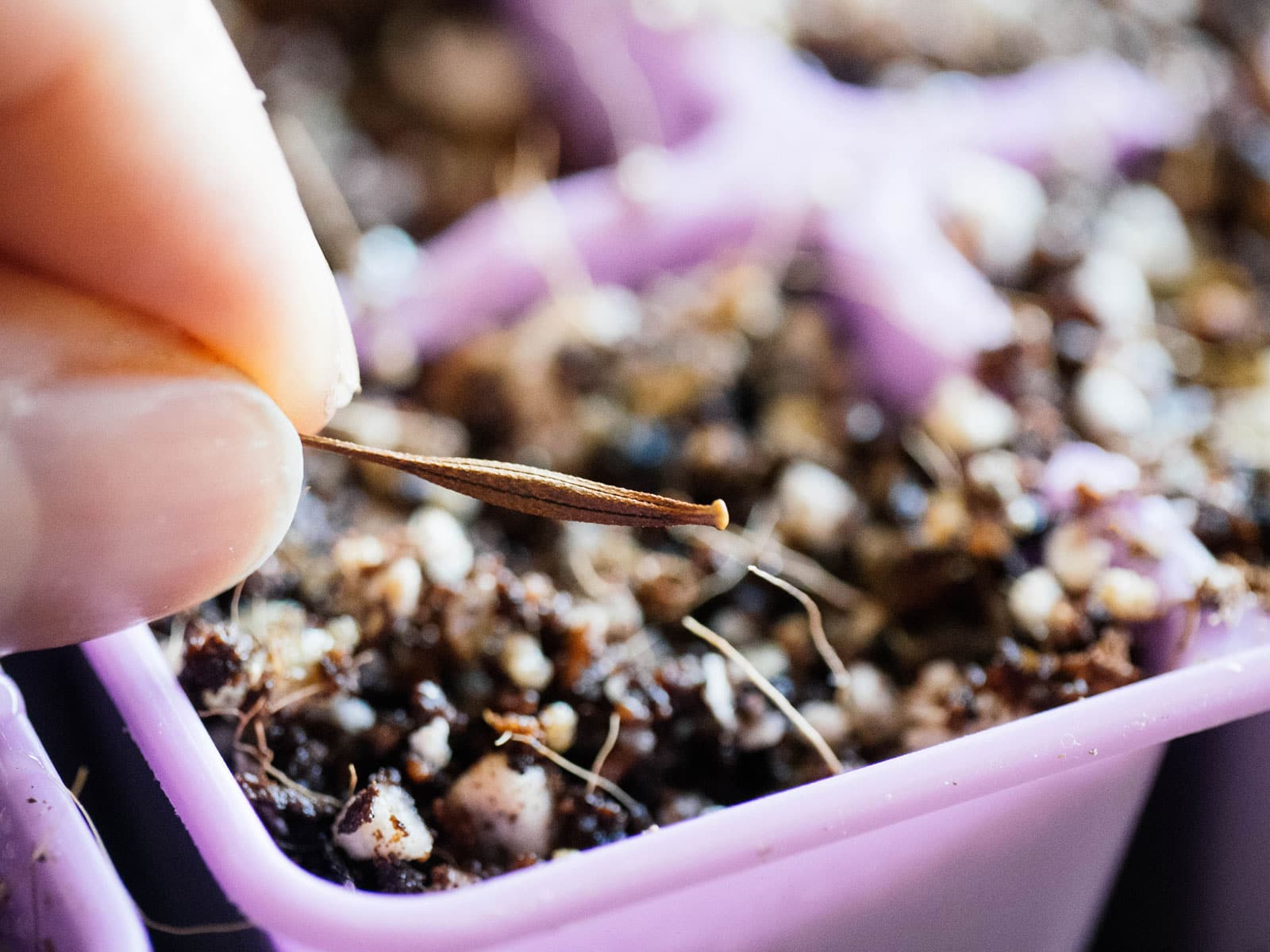
How light plays a role in germination
For seeds that require light for germination, light acts as a signal, activating photosensitive proteins in the seeds and telling them to wake up from their dormant state. This process ensures that seeds only germinate when all the proper conditions are present and favorable for their survival.
When seeds are light-dependent, they’re known as photoblastic seeds. These seeds are sensitive to the presence or absence of light, and there are two main types:
- Positive photoblastic seeds need light to initiate germination.
- Negative photoblastic seeds germinate best in the dark and may even be inhibited by light.
So will any light do?
If you’re starting seeds indoors, light quality matters. Too weak (or too little) of a light source can affect germination. This means that for some homes, it might not be enough to simply set your trays in front of a window (unless it has a clear view to the sky).
I use inexpensive LED grow lights in my seed starting setup—the same full-spectrum lights used for seedlings—and hang them close to my seed trays, about 3 to 4 inches above the seeds. I then set my lights on a timer so they turn on from 4am to 8pm every day—a full 16 hours.
The minimum amount of light needed is 10 hours per day, but your seeds will germinate faster and seedlings will grow stronger if you provide 14 to 16 hours of light each day. (Don’t leave your lights on 24/7 though; all plants need a rest period in darkness.)
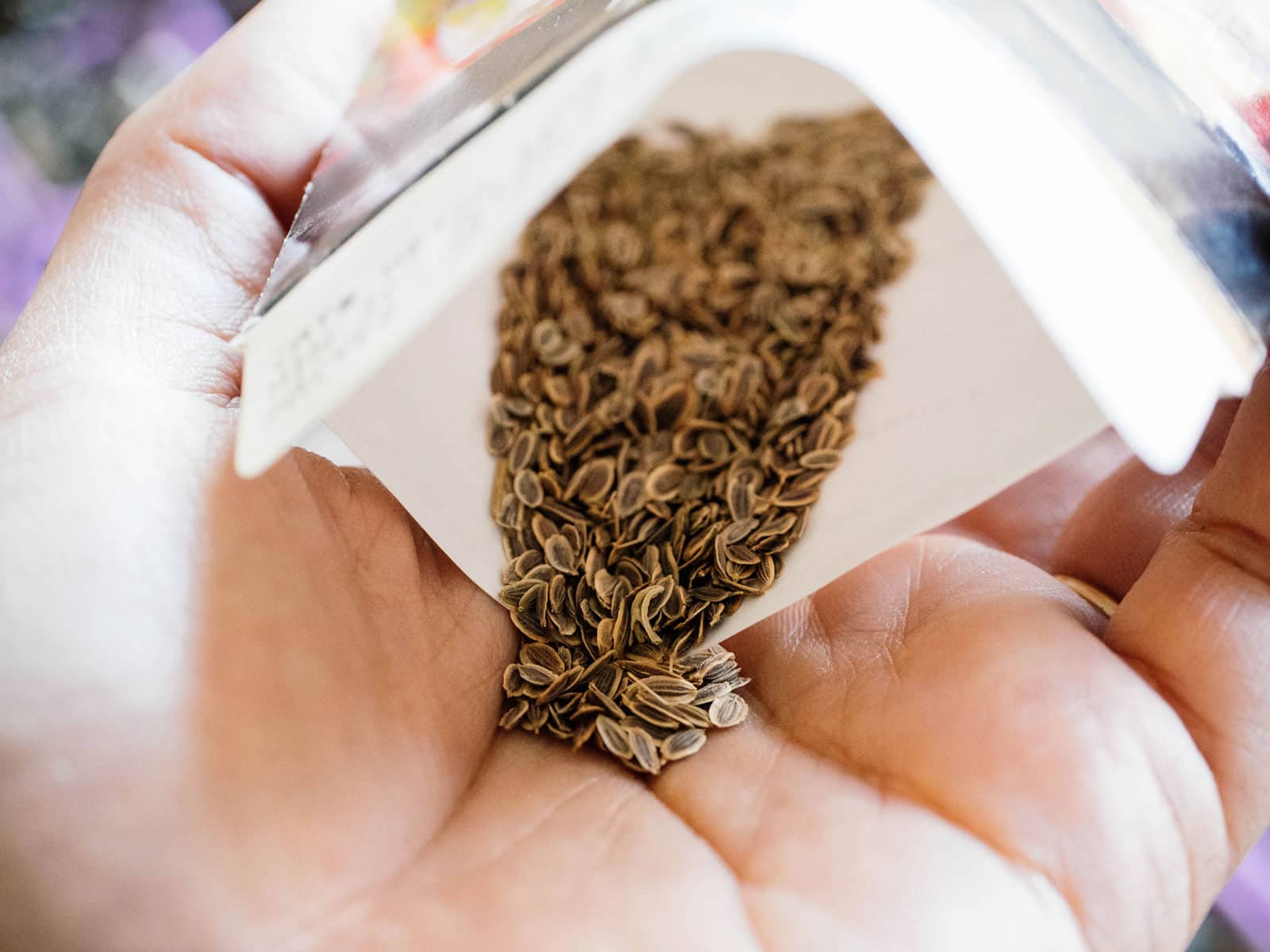
Seeds that need light to germinate
About a third of of the seeds we commonly start will not germinate without exposure to light. These plants include:
- Ageratum
- Amaranth
- Ammobium
- Anemone
- Angelica
- Anise hyssop
- Arugula
- Baby’s breath
- Bee balm
- Begonia
- Bellflower
- Billy button
- Blue vervain
- Boneset
- Browallia
- Butterfly bush
- Calceolaria
- Catnip
- Celery
- Celosia
- Chamomile
- Chervil
- Clarkia
- Coleus
- Columbine
- Cosmos
- Dill
- Elecampane
- Exacum
- Ficus
- Figwort
- Fireweed
- Flax
- Gaillardia
- Genitan
- Gerbera
- Globe amaranth
- Globe thistle
- Gloxinia
- Heather
- Hollyhock
- Impatiens
- Joe Pye weed
- Lavender
- Lettuce
- Lisianthus
- Lobelia
- Love-in-a-mist
- Marjoram
- Meadowsweet
- Mint
- Mountain mint
- Mugwort
- Nepeta
- Nettles
- Nicotiana
- Nigella
- Oregano
- Osteospermum
- Pampas
- Pelargonium
- Petunia
- Poppy
- Primrose (most species)
- Rosemary
- Rudbeckia
- Saintpaulia
- Salvia
- Savory
- Scabiosa
- Sea holly
- Shiso
- Snapdragon
- St. John’s wort
- Statice
- Strawflower
- Streptocarpus
- Sweet alyssum
- Thyme
- Tobacco
- Violet
- Weld
- White sage
- White snakeroot
- Yarrow
You’ll notice that a lot of these seeds are tiny—some no larger than a pinhead—or have very thin seed coats, which allow light to more easily reach the embryo inside.
If you read the back of the seed packet, it will often tell you to just press the seed firmly into the soil. And you can see why! Covering these specks of seeds, even with the thinnest layer of soil, will put them in the dark.
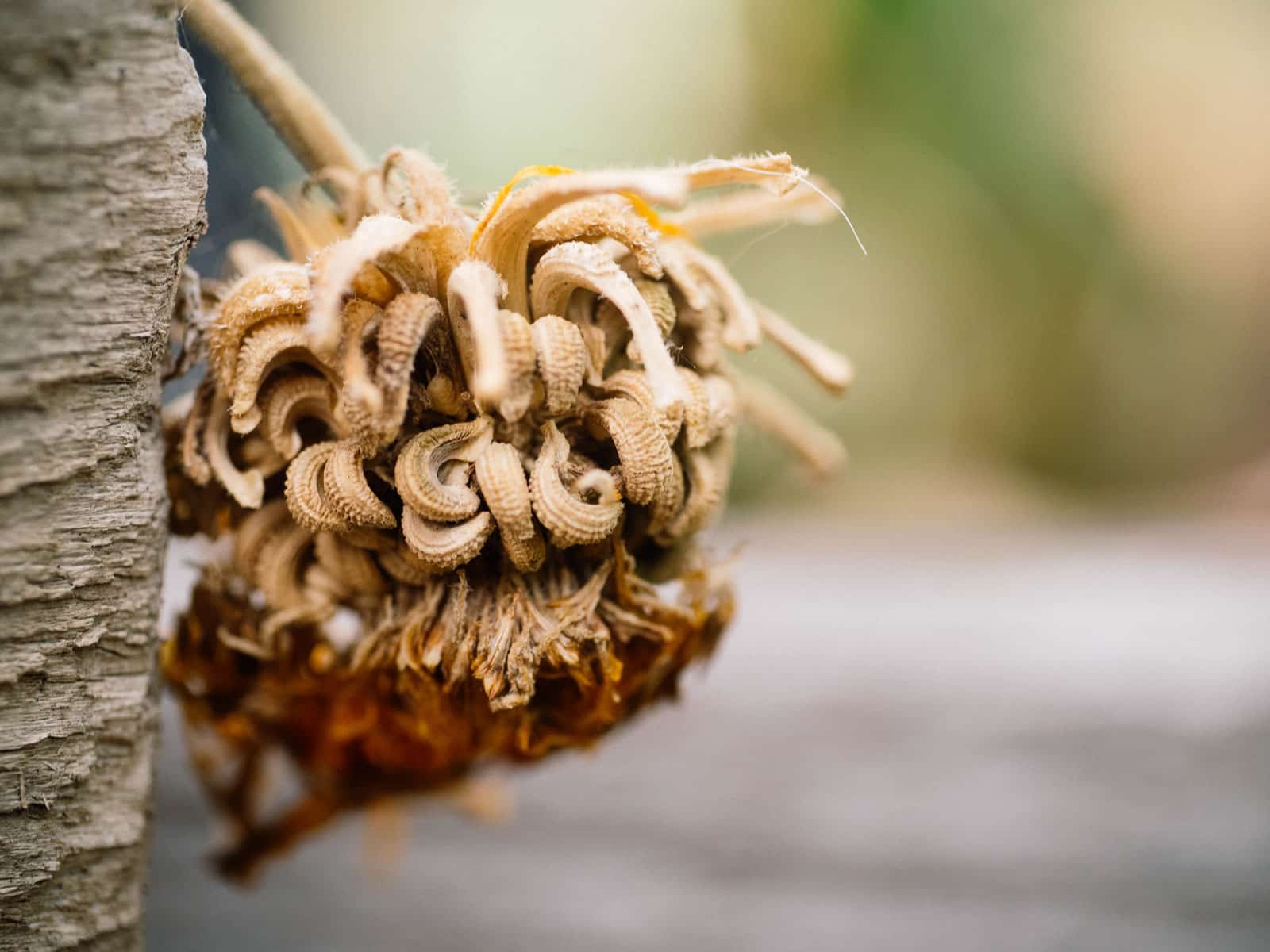
Seeds that need darkness to germinate
On the flip side, a few oddball seeds will not germinate unless they’re in the dark. You may or may not have noticed this, as our tendencies are to cover seeds with soil after sowing them.
But if you’ve ever wondered why your seeds had such poor germination, a lack of darkness could be a reason!
- Bachelor button
- Borage
- Calendula
- Cilantro*
- Delphinium*
- Forget-me-not*
- Gazania
- Madagscar periwinkle or vinca*
- Nasturtium
- Nemesia*
- Pansy*
- Phacelia*
- Phlox*
- Schizanthus or butterfly flower*
- Sweet pea
- Verbena, hybrid*
The plants with asterisks indicate seeds that should be surface-sown or just barely covered with soil. This, of course, presents a dilemma: how do you provide darkness if the seeds are sitting right on top?
You have a few options:
- Cover the seed tray with an upside-down seed tray placed on top so no light reaches the seeds.
- Use a blackout humidity dome (like this one) or even a simple thin board over the seed tray.
- Place the seed tray in a dark closet or cupboard (that rarely gets opened).
- Place the seed tray in a black garbage bag to seal out all light.
No matter which method you go with, it’s important that you provide light as soon as the majority of the tray has sprouted. Plants that need darkness to germinate also need light for healthy growth; a lack of bright light at this stage is the main cause of etiolation (leggy seedlings).
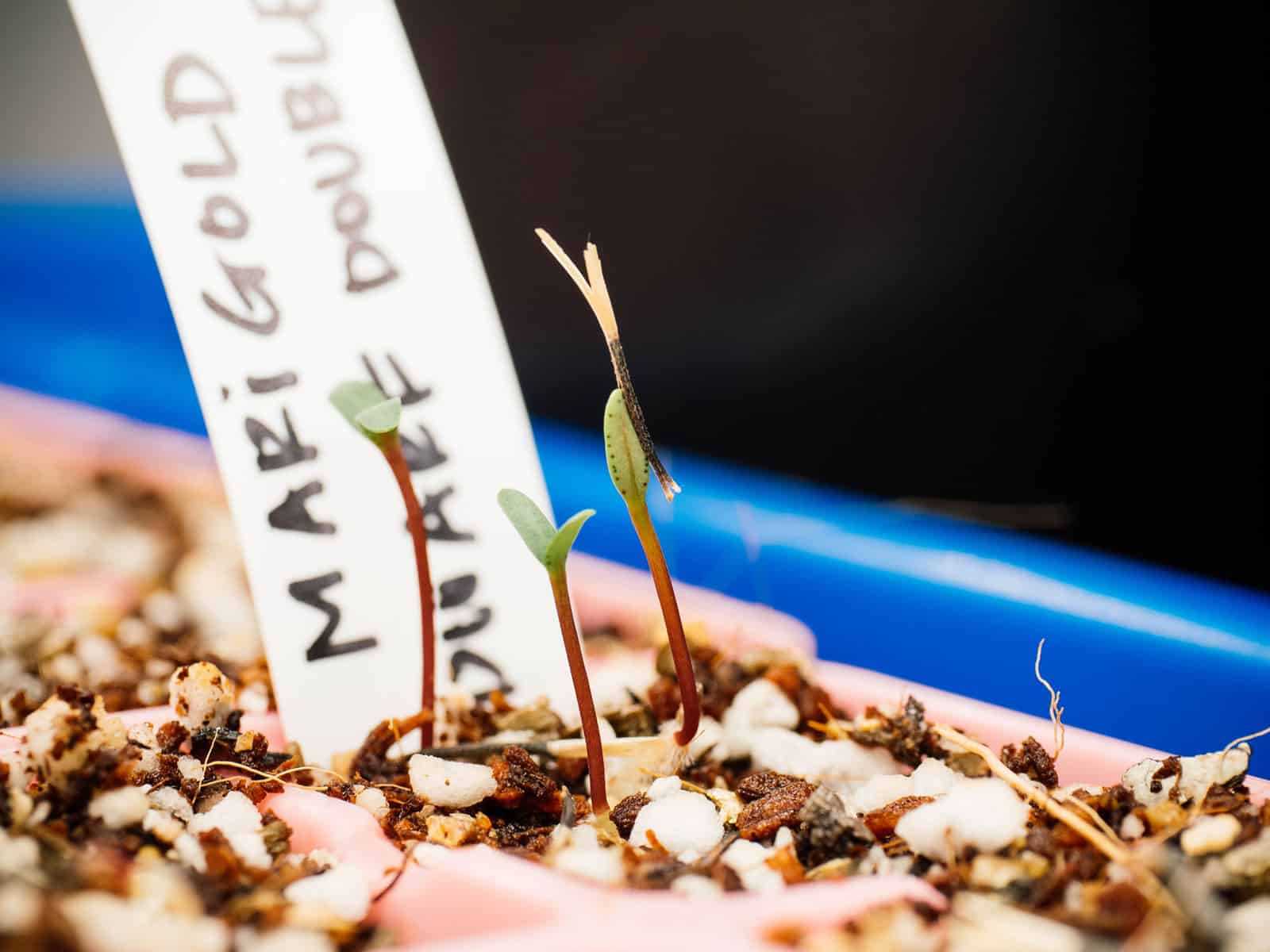
Seeds that are indifferent to light
The majority of seeds in a home garden will germinate with or without exposure to light. All vegetables (with the exception of lettuce, arugula, and celery) fall in this category, which makes it easy if you’re growing a food garden. If you add any herbs or annuals to the mix, be sure to check the lists above.
With seeds that are indifferent to light, I usually sow them indoors but don’t turn on my grow lights until the first few sprouts appear.
I’m also lazy, which means I sprinkle most of my seeds (except for the ones that need darkness to germinate) right on top of the soil, mist them with a spray bottle, and place a clear humidity dome (I like this short model) over the tray until the seeds germinate.
Doing this means I can sow hundreds of seeds more quickly and keep them moist more consistently without needing to water every day. As soon as half the tray germinates, the humidity dome comes off and the grow lights switch on for 16 hours a day.



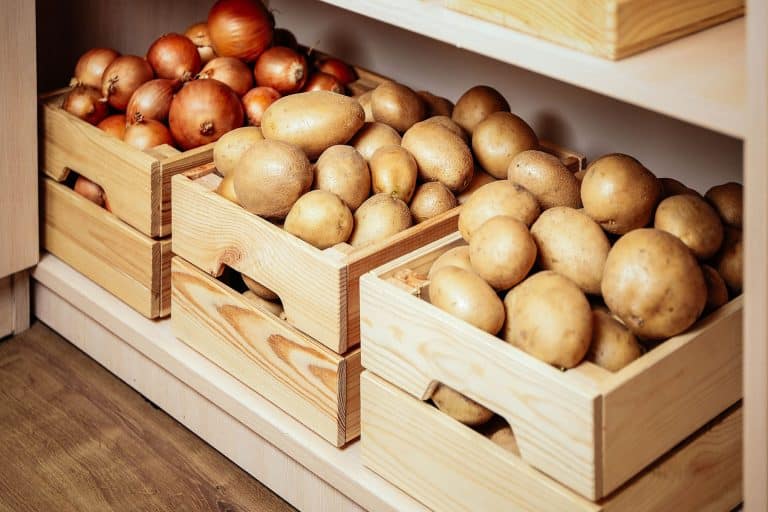

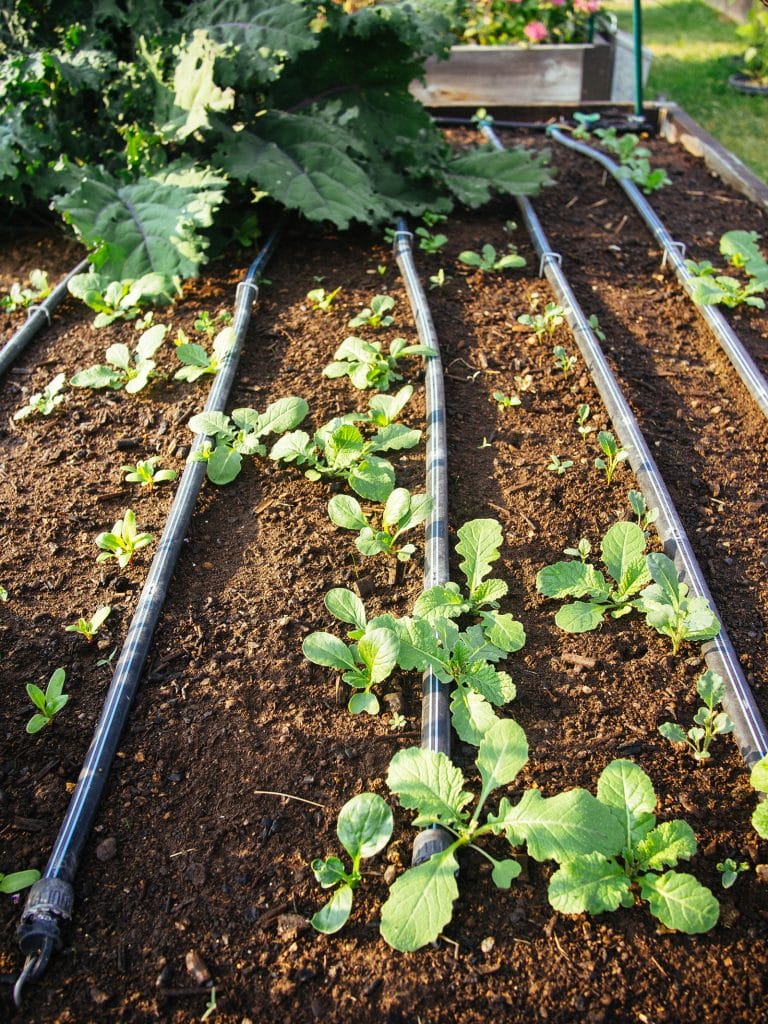
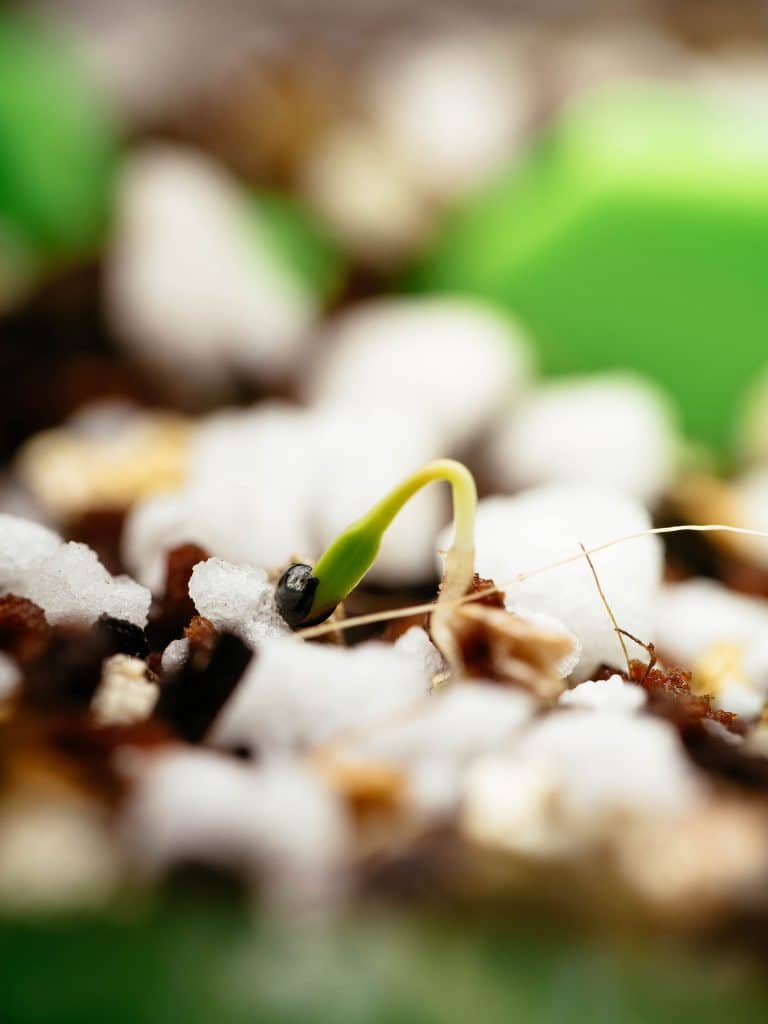
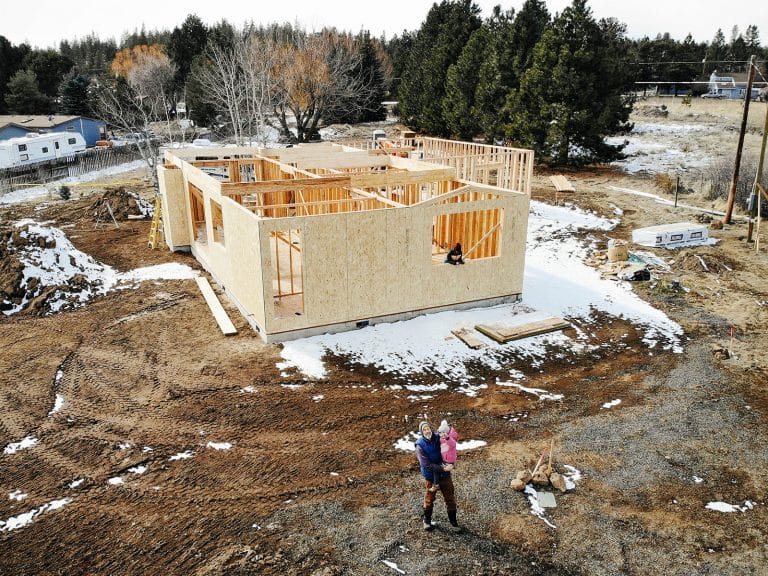

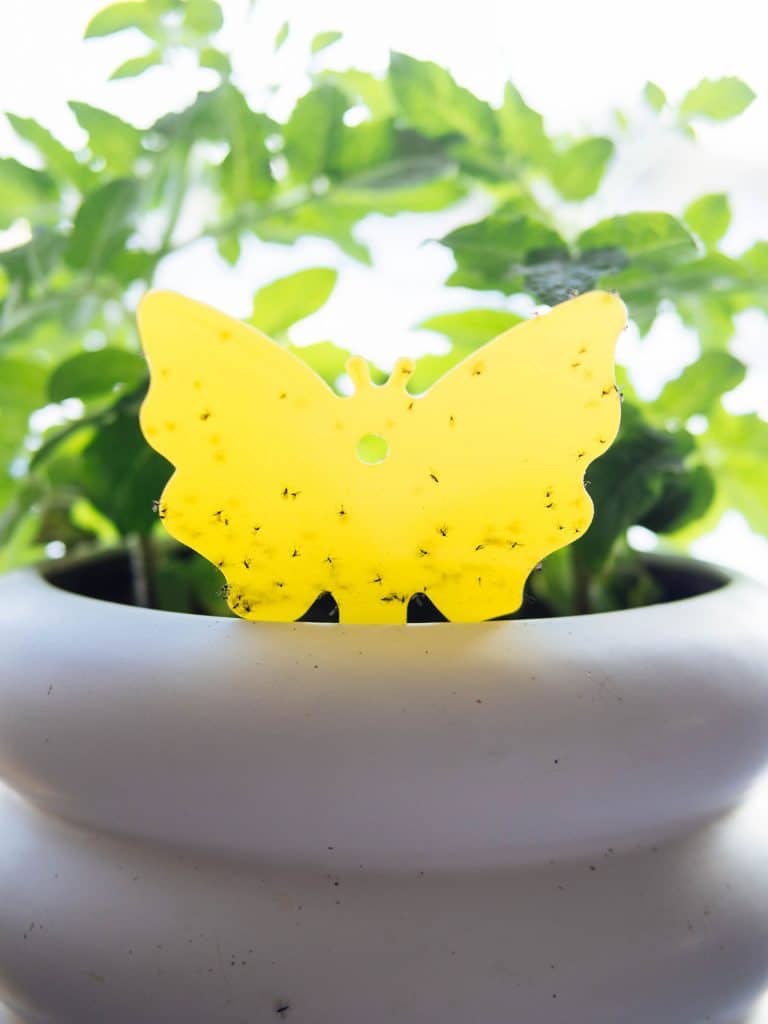
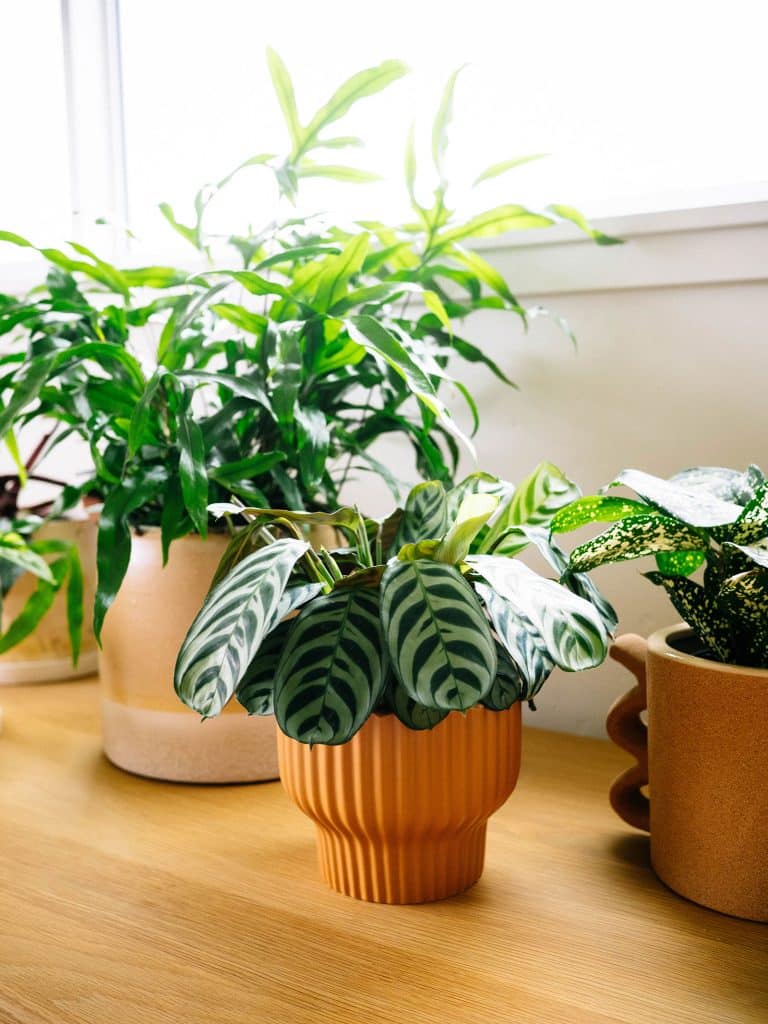
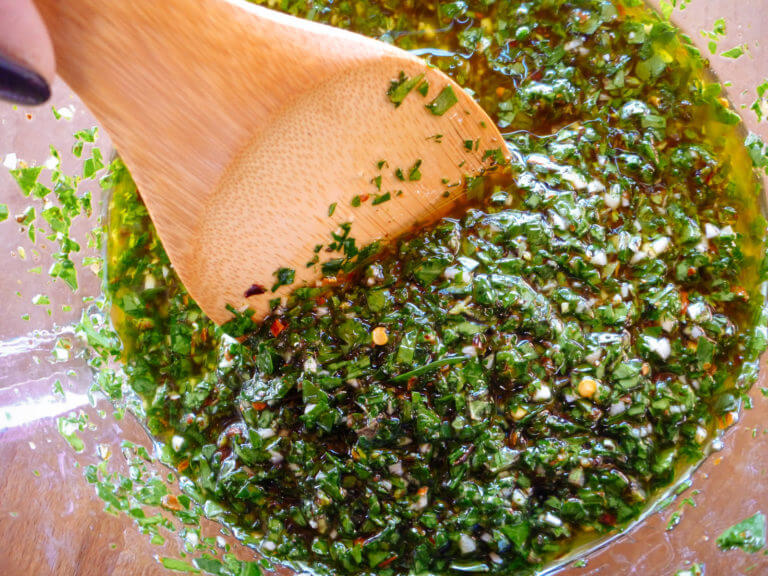
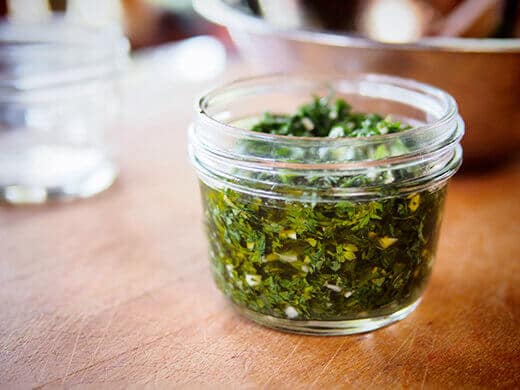
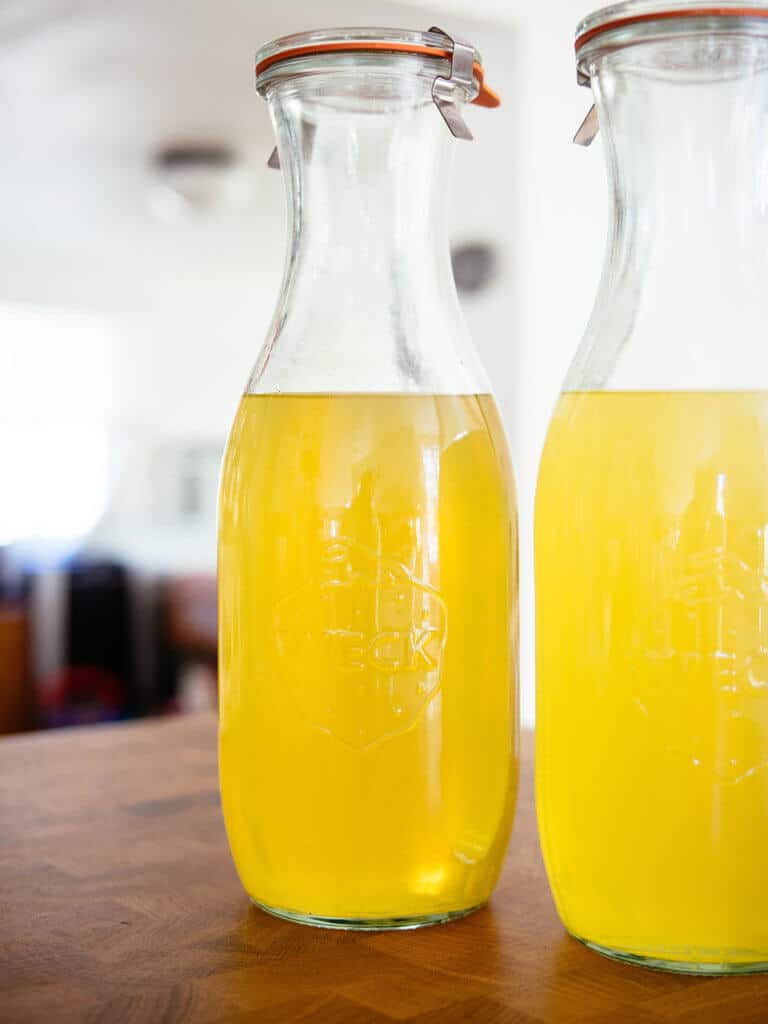
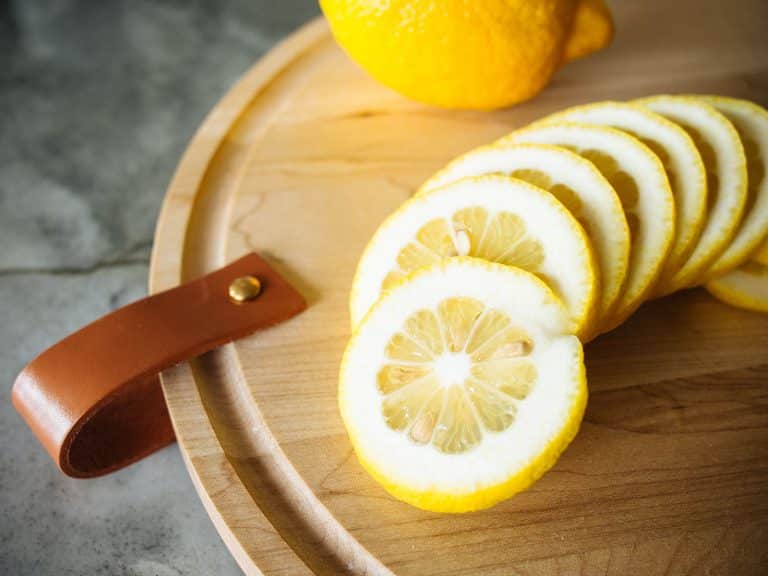

Thank you. at the age of 76 im now trying propagation. so this list has been soo very helpful to me. i will be mainly starting with flowers as i have a very small garden. my propagation kit—- all the gear and no idea lol